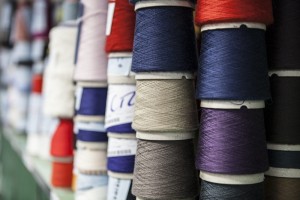Environmental protection and sustainability of wool
Environmental protection and sustainability of wool
With the improvement of global environmental awareness, more and more people are beginning to pay attention to the environmental protection and sustainability of wool. Wool is a natural fiber material with many environmental and sustainable characteristics, so it is increasingly favored by people in modern society.
First of all, wool is a renewable resource. Compared to chemical fibers and man-made fibers, wool is a natural and renewable resource, and its production process has relatively little impact on the environment. In addition, the production of wool does not require a large amount of fossil energy consumption, nor does it generate a large amount of pollutants and waste, so it has a small negative impact on the environment.
Secondly, wool has a good ecological footprint. The ecological footprint of wool is relatively small because the production process of wool does not require a large amount of fertilizers and pesticides, nor does it cause serious pollution to soil and water sources. In addition, the production process of wool can also promote the protection and restoration of land, as wool production usually requires large areas of farmland and grassland, and the protection and restoration of these areas also plays an important role in improving the ecological environment.
Finally, wool is a sustainable resource. The production and processing of wool typically requires a large amount of labor and skills, which can provide employment opportunities and economic support to local communities. At the same time, the production and processing of wool can also drive the development of local culture and traditional industries, en
hancing regional cultural identity and community cohesion.
